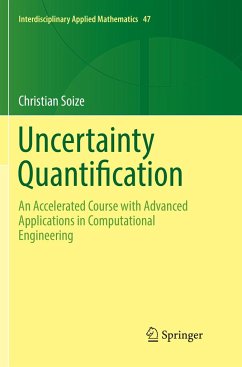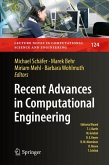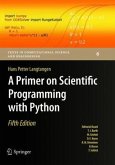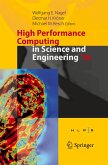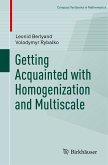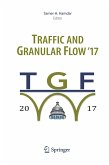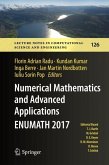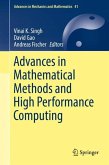This book presents the fundamental notions and advanced mathematical tools in the stochastic modeling of uncertainties and their quantification for large-scale computational models in sciences and engineering. In particular, it focuses in parametric uncertainties, and non-parametric uncertainties with applications from the structural dynamics and vibroacoustics of complex mechanical systems, from micromechanics and multiscale mechanics of heterogeneous materials.
Resulting from a course developed by the author, the book begins with a description of the fundamental mathematical tools of probability and statistics that are directly useful for uncertainty quantification. It proceeds with a well carried out description of some basic and advanced methods for constructing stochastic models of uncertainties, paying particular attention to the problem of calibrating and identifying a stochastic model of uncertainty when experimental data is available.
This book is intended to be a graduate-level textbook for students as well as professionals interested in the theory, computation, and applications of risk and prediction in science and engineering fields.
Resulting from a course developed by the author, the book begins with a description of the fundamental mathematical tools of probability and statistics that are directly useful for uncertainty quantification. It proceeds with a well carried out description of some basic and advanced methods for constructing stochastic models of uncertainties, paying particular attention to the problem of calibrating and identifying a stochastic model of uncertainty when experimental data is available.
This book is intended to be a graduate-level textbook for students as well as professionals interested in the theory, computation, and applications of risk and prediction in science and engineering fields.
"The book under review serves as an excellent reference for the uncertainty analysis community. ... the author has included an extensive bibliography in the end of the book that will be very useful to the interested reader. ... the book is an excellent reference for advanced users and practitioners of UQ and is strongly recommended." (Tujin Sahai, Mathematical Reviews, September, 2018)

